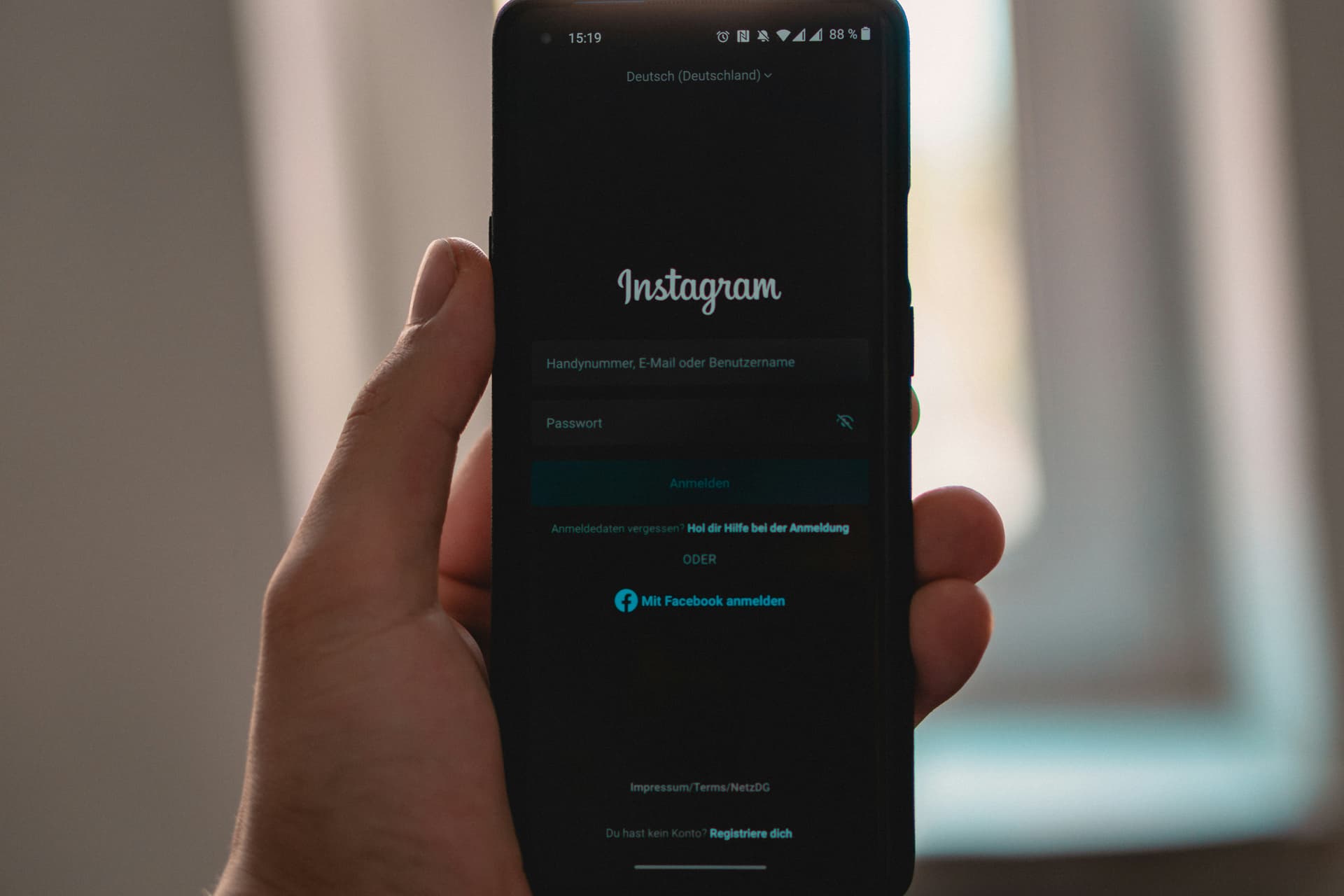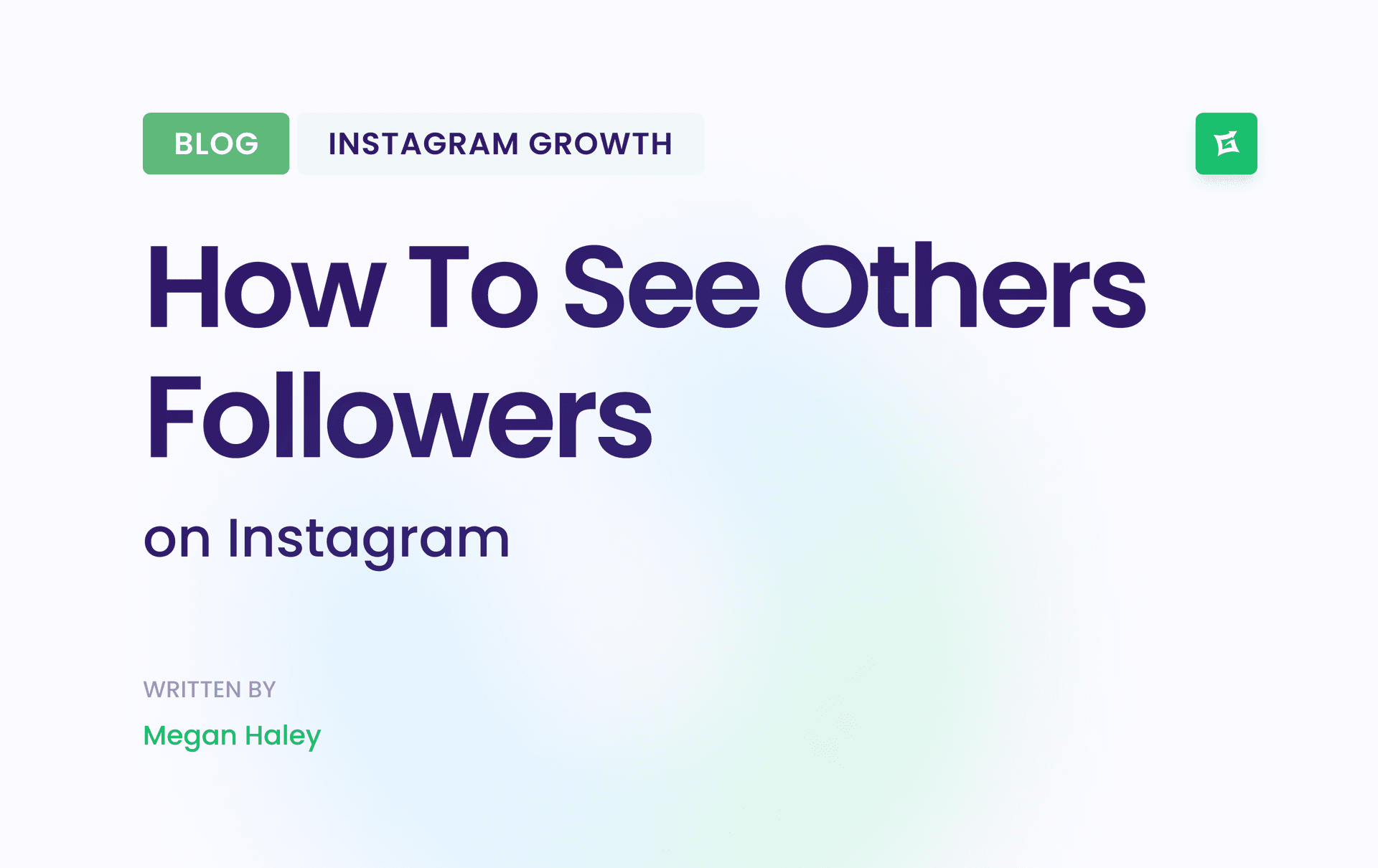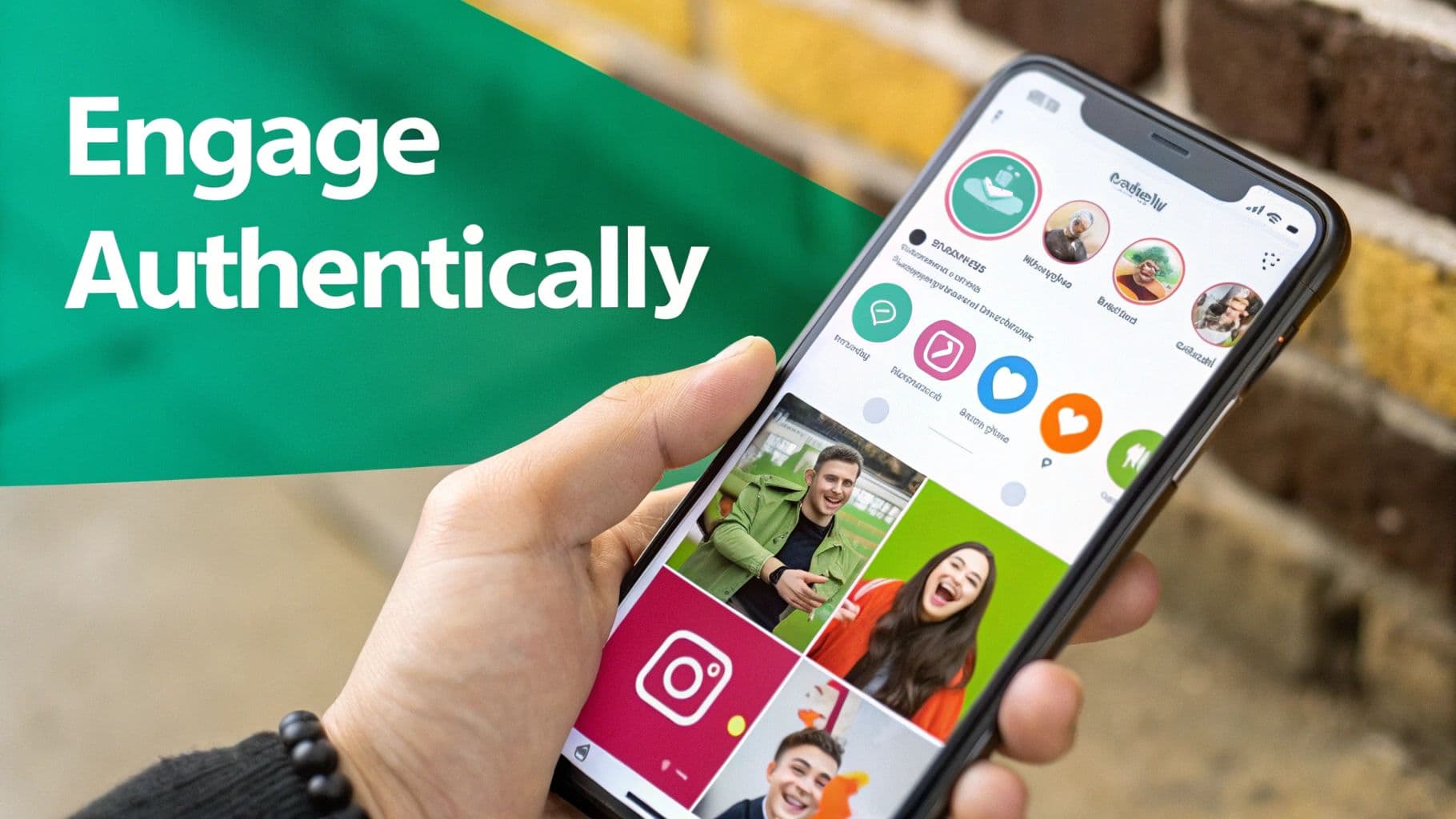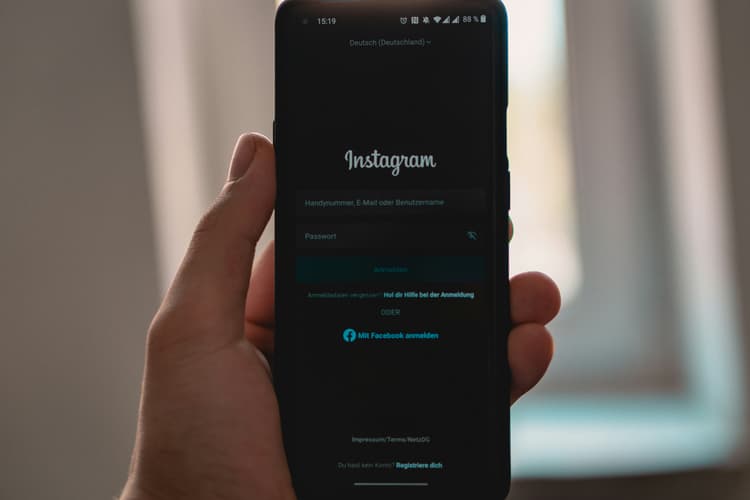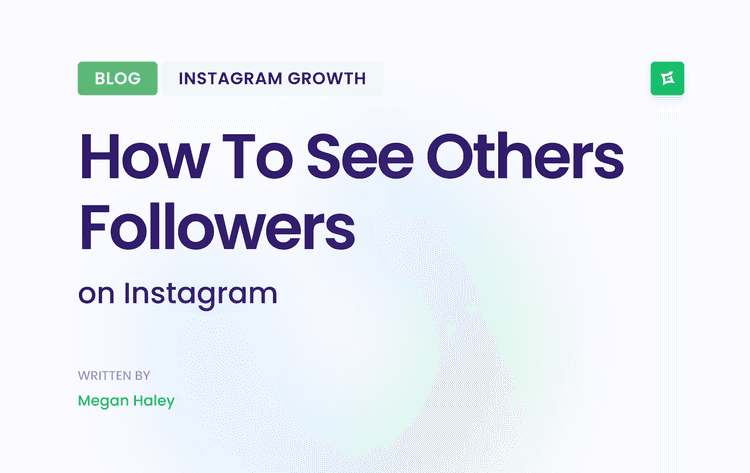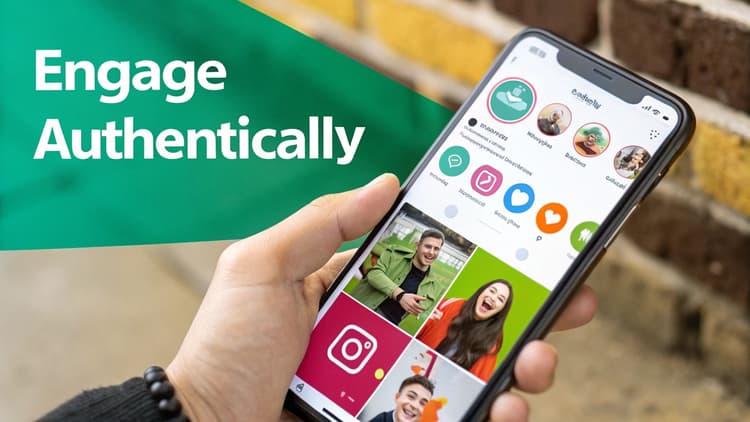The Strategic Value of User Generated Content
Why UGC Resonates With Today's Consumers
The strength of UGC lies in its authenticity. Consumers are increasingly wary of polished brand messaging. They look for validation from real people who have used the product or service. A genuine customer testimonial carries more weight than any slick advertisement.
This is similar to asking a friend for a recommendation. You trust their experience more than a company's marketing materials. It's a natural, relatable way to learn about a product or service.
This trust translates into real results. UGC significantly influences purchasing decisions. As of March 2023, 34% of U.S. adults used customer reviews for product information. Furthermore, 93% of customers find UGC helpful when making purchases. You can explore more in-depth statistics from Statista. These numbers highlight the importance of incorporating UGC into your marketing strategy.
Different Forms of UGC and Their Marketing Functions
Different types of UGC serve various marketing purposes. Customer reviews and testimonials build trust and credibility, directly impacting buying decisions. Social media posts extend your brand's reach, introducing your products to new potential customers.
Customer photos and videos provide visual proof, showing how people use your products in reality. This diverse approach lets you connect with customers at multiple points in their buying journey.
How Leading Brands Leverage UGC
Top brands understand the value of UGC. They actively encourage customers to share experiences through contests, hashtag campaigns, and social media engagement. They showcase UGC on their websites, social media profiles, and advertisements.
By integrating UGC across different channels, these brands build strong communities and boost their image. This ultimately leads to significant business growth. It creates an authentic connection that traditional advertising often misses. It also provides valuable feedback, offering insights into customer preferences and needs.
Building Your UGC Collection Engine
Leveraging user-generated content (UGC) effectively requires a strategic approach. It's about building a UGC collection engine, a system designed to consistently generate high-quality content. This involves crafting customer experiences that naturally inspire content creation.
Designing Experiences That Inspire Content Creation
What motivates people to share their experiences? It's often a combination of positive emotions, a desire for connection, and the opportunity for recognition. Successful brands create shareable moments throughout the customer journey.
This could involve unique in-store displays, interactive online experiences, or personalized product packaging. Think outside the box!
For example, a clothing brand might encourage customers to share photos of themselves wearing their latest purchase using a branded hashtag. This fosters community and provides the brand with valuable visual content.
Offering exclusive early access or behind-the-scenes glimpses can also incentivize sharing. Making customers feel like VIPs encourages them to share their exclusive experiences.
Incentive Structures That Work (and Those That Don't)
Incentives can be powerful motivators. However, choosing the right incentives is crucial. While discounts or freebies can be effective, they can sometimes attract low-quality content.
Instead, focus on incentives that encourage genuine engagement. Consider featuring top contributors on your social media channels or offering exclusive access to new products.
This shift towards intrinsic motivation fosters a more authentic connection with your audience. Users create content because they genuinely enjoy interacting with your brand, not just for a reward. This organic engagement leads to higher quality UGC and stronger brand loyalty. Learn more in our article about How to master your social media content calendar.
Crafting Irresistible Calls to Action
Your call to action (CTA) plays a vital role in driving UGC participation. Make your CTAs clear, concise, and engaging.
Instead of a generic "Share your photos," try something more specific. Examples include: "Show us how you style your new shoes" or "Tell us your favorite feature of our new product."
This specificity provides direction and inspires creativity. It also helps align UGC with your brand's marketing message. Consider the placement of your CTAs, ensuring they are visible and accessible.
To better understand effective UGC strategies, let's look at some platform-specific approaches. The following content below summarizes effective collection methods, participation rates, and implementation difficulty.
Effective UGC Collection Methods by Platform
The content below highlights the most effective UGC collection strategies across social platforms and digital channels, with success metrics and implementation difficulty.
Instagram
Best UGC Collection Method: Hashtag contests & challenges
Average Participation Rate: 2-5%
Implementation Difficulty: Easy
Facebook
Best UGC Collection Method: Interactive polls & questions
Average Participation Rate: 1-3%
Implementation Difficulty: Easy
Twitter
Best UGC Collection Method: Branded hashtag campaigns
Average Participation Rate: 0.5-2%
Implementation Difficulty: Easy
Email Marketing
Best UGC Collection Method: Product review requests
Average Participation Rate: 5-10%
Implementation Difficulty: Medium
Websites
Best UGC Collection Method: Embedded submission forms
Average Participation Rate: 1-2%
Implementation Difficulty: Medium
The above content shows, that different platforms lend themselves to different UGC collection methods. While hashtag campaigns are effective on visually-driven platforms like Instagram, email marketing can be highly effective for collecting product reviews. Consider the specific characteristics of each platform when designing your UGC strategy.
Addressing Participation Barriers and Maintaining Compliance
While encouraging participation is important, addressing potential barriers is crucial. Simplify the content submission process.
Provide clear guidelines on the type of content you're looking for and how to submit it. This removes friction, making it easier for customers to contribute.
Always ensure you have clear permission workflows. This respects user rights and maintains regulatory compliance, building trust with your audience and protecting your brand. Building a robust UGC collection engine is an ongoing process. By creating valuable experiences, offering meaningful incentives, and crafting compelling calls to action, you can consistently generate high-quality UGC that drives engagement and strengthens your brand.
Rebuilding Marketing With User-Generated Content

This section explores how strategically integrating user-generated content (UGC) across marketing channels amplifies its impact. It goes beyond simply reposting a customer's Instagram photo. It's about weaving UGC into your marketing strategy to create a cohesive brand story.
Balancing Brand Consistency and Authentic Customer Voices
One challenge with UGC is balancing brand consistency with authentic customer voices. Maintaining a unified brand image is crucial. However, over-editing UGC can compromise its authenticity, diminishing its value.
Successful campaigns strike a balance. They establish content guidelines while allowing individual expression. This might involve providing customers with themes or hashtags while encouraging unique perspectives. Learn more about successful social media branding strategies with real-world examples. This approach allows brands to curate content aligned with their message while preserving the genuine nature of UGC.
Optimizing UGC for Each Stage of the Customer Journey
Different UGC formats perform best at different customer journey stages. Customer reviews and testimonials are highly effective during the consideration phase, offering social proof. User-generated photos and videos excel in the awareness phase, showcasing real-life product usage.
Incorporating UGC into product pages during the decision phase can significantly boost conversions. Further down the line, during the post-purchase phase, encouraging customers to share experiences fosters loyalty and generates valuable content for future campaigns. This demonstrates UGC's versatility in meeting customer needs throughout their buying process.
Repurposing Content and Maximizing Impact
Repurposing customer content across multiple platforms extends its reach and impact. This could involve embedding testimonials on your website, featuring user-generated photos in email newsletters, or building social media campaigns around trending customer content.
Effective repurposing requires careful consideration of each platform's characteristics. Adapting content to suit each platform's format and audience ensures optimal engagement. User-generated content significantly impacts marketing effectiveness. Brand engagements rise by 28% when consumers see a mix of professional and UGC content. UGC-based ads achieve four times higher click-through rates and a 50% reduction in cost-per-click. Discover more compelling statistics here. These impressive results demonstrate how UGC strengthens campaigns and reduces costs.
Creating a Strategic Content Calendar
Leading brands develop content calendars that strategically leverage created and curated material. This involves determining the optimal ratio of professional to UGC content, ensuring a consistent brand voice while showcasing authentic customer experiences. This planned approach ensures consistent messaging and maximizes the impact of both professional and user-generated content. A well-structured content calendar maintains a consistent flow of engaging material, optimizing customer engagement and driving conversions.
Converting Customers into Community Creators
The most impactful user-generated content (UGC) comes from dedicated community members, not one-time contributors. Building a thriving community is essential for effectively leveraging UGC. How do leading brands build passive customers into active content creators? They cultivate genuine relationships.
Building a Thriving UGC Community
Think of your customer base as a garden. One-time contributors are like wildflowers—beautiful but transient. A thriving community, however, is like a carefully cultivated garden, requiring ongoing nurturing and attention. It involves creating an environment where customers feel valued, heard, and inspired to share.
This starts with understanding your audience. What motivates them to engage with your brand? What are their passions and interests? By understanding these motivations, you can create opportunities for meaningful interaction.
Crafting Engaging Branded Challenges
Branded challenges can effectively spark conversation and generate excitement. A food brand, for instance, might challenge customers to share their most creative recipes featuring a particular ingredient. This encourages participation and provides valuable UGC. The key is ensuring the challenge aligns with your brand and resonates with your target audience.
Think of these challenges as writing prompts. A well-crafted prompt sparks creativity and guides participants. Similarly, a well-designed challenge guides your audience's creativity and generates engaging, on-brand UGC.
Hashtag Campaigns That Generate Buzz
Hashtag campaigns can expand your brand's reach and foster a sense of community. A successful hashtag campaign should be memorable, easy to use, and relevant to your brand. It should also encourage participation and sharing.
Simply creating a hashtag isn't enough. You need to promote it and encourage its use. This includes featuring UGC that uses the hashtag, running contests, and interacting with your community. A well-executed hashtag campaign unifies your audience, creating a shared identity.
Authentic Recognition Programs
Recognizing and celebrating your contributors is essential for a strong UGC community. This doesn't always require monetary rewards. Featuring top contributors on social media, highlighting their content in marketing materials, or offering exclusive access to new products can be very effective.
This recognition fosters a sense of belonging and encourages continued participation. It demonstrates that you value their contributions and engagement. This creates a positive feedback loop, where recognition leads to increased participation and even more valuable UGC.
Moderating Community Content and Maintaining Authenticity
Moderating content is crucial for maintaining a positive and safe online environment. This involves setting clear guidelines and removing any content that violates them. However, it's important to balance moderation with authenticity.
Overly strict moderation can stifle creativity and discourage participation. The goal is to create a welcoming space where users feel comfortable sharing genuine experiences. This means fostering open communication and transparency. By building a supportive and authentic community, you can harness the power of UGC to drive engagement, strengthen your brand, and achieve your marketing goals.
Mastering UGC Technology and Platforms

Successfully leveraging user-generated content (UGC) requires more than enthusiastic customers. It requires the right technology and platforms. You need to collect, organize, and deploy that content effectively. This means navigating a complex world of tools, each designed for specific UGC management tasks.
Think of it like building a house. You wouldn't use a hammer for everything. Different UGC platforms serve different purposes. Choosing the right tools for each stage of your UGC strategy is crucial for success.
Essential UGC Technology Categories
Several key technology categories power a robust UGC strategy. UGC platforms gather and curate content directly from social media and other online sources. Rights management tools, like RightsManager, streamline getting legal permission to use customer content.
Content moderation platforms ensure brand safety and adherence to community guidelines. Analytics dashboards measure the effectiveness of UGC campaigns. They provide valuable insights into ROI. Together, these tools allow brands to manage the entire UGC lifecycle.
Choosing The Right Platform For Your Needs
The "best" platform depends entirely on your specific business needs. A simple UGC aggregation tool might work for smaller businesses. Larger enterprises might need a more comprehensive platform with advanced analytics and rights management features.
Some platforms excel at collecting visual content. Others focus on text-based reviews and testimonials. Consider your target audience and the type of UGC you want. Making the right decision ensures you select effective tools for your specific goals. The rise of Web 2.0 technologies has significantly impacted content creation. Platforms like Wikipedia, built entirely on user contributions, showcase this collaborative potential. This has renewed the internet into a dynamic, user-driven space. You can explore Web 2.0 further here.
Evaluating UGC Platforms
A structured comparison simplifies platform selection. The following table outlines key features to consider when evaluating different platforms:
To help you make an informed decision, we've put together a comparison of some popular UGC platforms. This table outlines the key features, integrations, pricing, and ideal business size for each platform.
UGC Platform Comparison
Detailed comparison of popular UGC management platforms based on key features, integration capabilities, pricing models, and ideal business size.
Platform A
Key Features: Content aggregation, rights management, basic analytics
Integration Options: Social media, CRM
Price Range: $50–$200/month
Best For: Small businesses
Platform B
Key Features: Advanced analytics, content moderation, campaign management
Integration Options: E-commerce, marketing automation
Price Range: $200–$500/month
Best For: Medium-sized businesses
Platform C
Key Features: Enterprise-grade features, custom integrations, dedicated support
Integration Options: ERP, custom APIs
Price Range: $500+/month
Best For: Large enterprises
As you can see, choosing the right platform depends on your specific needs and budget. While a basic platform may work for some, larger enterprises often require more advanced features. This ensures efficient UGC management, aligning your technology investment with your overall goals.
Future-Proofing Your UGC Strategy
The digital world is always changing. Consumer behaviors and new platforms emerge constantly. Choose platforms with flexible integration options and adaptable features. This will help your UGC strategy remain effective, regardless of changes in the digital landscape. This forward-thinking approach keeps your UGC strategy current, allowing your brand to benefit from the power of authentic customer content.
Navigating the Legal Landscape of User Content
User-generated content (UGC) presents exciting marketing opportunities. However, it's crucial to approach its use with a solid understanding of the legal implications. Overlooking these can lead to significant financial penalties and damage your brand's reputation. This involves securing appropriate rights acquisition, establishing clear terms of service, and implementing transparent attribution practices.
Understanding Rights Acquisition
Before featuring any UGC, you must obtain the necessary rights. This usually involves getting explicit permission from the content creator. A straightforward, polite request is often all it takes. For example, "We admire your photo! Would you mind if we shared it on our social media channels, with full credit to you?" This respectful approach safeguards user rights while fostering trust.
Effective rights acquisition often involves utilizing tools and platforms like RightsRequests which can streamline the permission process. Some platforms even automate requests, sending them directly to users and tracking responses. This simplifies rights management while ensuring users retain control over their content.
Crafting Clear Terms of Service
Your terms of service (TOS) should clearly define how user-generated content can be utilized. Ambiguity within your TOS can lead to legal disputes. Ensure your TOS explicitly states the rights you acquire when users share content on your platform. Use clear, concise language, avoiding complex legal jargon. Transparency builds trust and ensures everyone understands the agreement.
Implementing Transparent Attribution Practices
Proper attribution is not only ethical but also strengthens your brand's authenticity. Crediting the original creator builds goodwill and strengthens your audience relationships. This can be as simple as tagging their social media profile or displaying their name alongside their content. These simple actions demonstrate respect for creators and boost the credibility of your UGC.
Practical Templates and Frameworks
Establishing legally sound UGC processes doesn't have to be overwhelming. Numerous practical templates and frameworks are available online. These resources offer a valuable starting point for developing your own UGC guidelines. This ensures your practices align with industry best practices, safeguarding both your brand and your users. By following these steps, you can confidently leverage the marketing power of UGC while minimizing legal risks.
Measuring UGC Impact Beyond Vanity Metrics
Leveraging user-generated content (UGC) effectively goes beyond simply collecting likes and shares. While these vanity metrics offer a surface-level view of audience engagement, they don't reveal the complete picture. To truly grasp the business impact of your UGC strategy, you need to delve deeper than these superficial indicators. This means focusing on metrics directly tied to your business objectives.
Identifying Key Performance Indicators (KPIs)
The most important metrics will differ based on your specific goals. If your objective is to boost brand awareness, you might track reach, impressions, and share rates. If you're aiming for higher conversion rates, metrics like website traffic from UGC, conversion rate from UGC leads, and sales influenced by UGC become more crucial.
For example, monitoring how many people click a shoppable link in a user-generated Instagram post gives valuable data about UGC's direct sales impact. This data-driven method helps you gauge the effectiveness of your UGC campaigns.
Implementing Attribution Models
Accurate attribution is essential to understanding UGC's role in the customer journey. This involves tracking where customers encountered UGC and how it affected their buying decisions. For example, if a customer discovered your product through a positive review on a third-party site and then made a purchase, you can attribute that sale, at least partially, to the UGC. Explore this guide on calculating social media ROI for a deeper understanding. This detailed measurement approach lets you accurately assess the return on investment (ROI) of your UGC initiatives.
Establishing Meaningful Benchmarks
To accurately measure success, it's vital to set meaningful benchmarks. These provide a reference point for evaluating your UGC performance. They should be based on your industry, business goals, and past data. This comparative approach helps pinpoint areas for improvement.
Developing Effective Reporting
Creating clear and concise reports is key to showcasing the value of your UGC strategy. These reports should highlight important metrics, trends, and insights. This gives a clear overview of your UGC's business impact and can inform future UGC campaigns.
Continuous Optimization Through A/B Testing
A/B testing various UGC approaches is crucial for ongoing optimization. This might involve testing different content formats, calls to action, or distribution channels. This iterative approach lets you continually refine your strategy and boost results. By analyzing data from these tests, you can determine which UGC strategies best resonate with your audience. This is essential for maximizing your ROI and enhancing overall campaign performance.
Ready to boost your Instagram followers organically? Gainsty, an AI-powered social assistant, helps you gain real followers and engagement. Visit Gainsty today to learn more.

